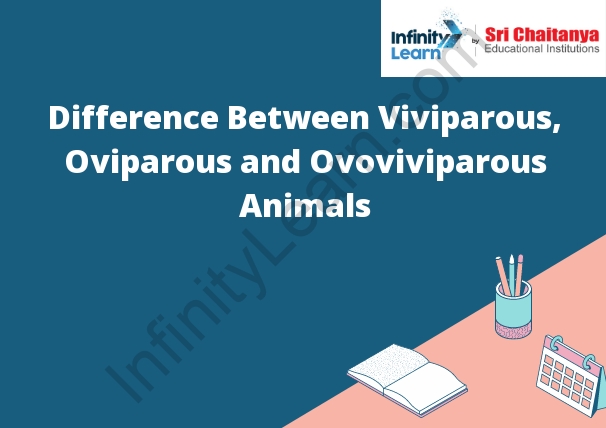Table of Contents

Viviparous Animals
A viviparous animal is one that gives birth to live young. The young are born from a womb and not from eggs. The mother provides food and oxygen to the young inside her womb.
Oviparous Animals
An oviparous animal is one that lays eggs. The eggs are typically fertilized by the male before they are laid. Once the eggs are laid, the parents typically do not provide any further care for the eggs or young.
The Process of Metamorphosis in Viviparous Animals
The process of metamorphosis in viviparous animals is a gradual one that starts with the development of the embryo inside the mother’s body. As the embryo grows, it starts to take on the features of the adult animal. The process is completed when the embryo is born and undergoes a final transformation into its adult form.
The Process of Ovoviviparity in Ovoviviparous Animals
In ovoviviparous animals, eggs are retained inside the mother’s body and hatch there. The young are born live and retain their yolk sacs, which provide them with nutrients until they are able to digest other food. This process is different from viviparity, in which the young are born live and do not have yolk sacs.
Embryo Development
Fertilization
When a sperm cell and an egg cell fuse, the resulting cell is called a zygote. The zygote has all the genetic information needed to create a new human. It begins to divide rapidly, and by the end of the first week, it has become a ball of cells called a blastocyst.
The Blastocyst
The blastocyst contains two types of cells: trophoblasts and blastomeres. The trophoblasts will become the baby’s placenta, while the blastomeres will become the baby’s cells. The blastocyst will implant in the mother’s uterus and attach to the uterine wall.
The Implantation
The blastocyst implants in the mother’s uterus about six days after fertilization. The implantation is a process in which the blastocyst attaches to the uterine wall and begins to grow. The uterine wall provides the blastocyst with nutrients and protection.
The Development of the Placenta
The trophoblasts in the blastocyst grow and divide, and they eventually form a structure called the placenta. The placenta is a disk-shaped organ that attaches to the side of the uterus and links the mother’s blood supply with the baby’s blood supply. The placenta allows the baby to get the nutrients and oxygen it needs to grow. The placenta also removes the
Difference Between Viviparous, Oviparous and Ovoviviparous Animals
The three types of reproduction in animals are viviparous, oviparous, and ovoviviparous.
Viviparous animals give birth to live young. Examples include humans, dogs, and cats.
Oviparous animals lay eggs. Examples include chickens, ducks, and snakes.
Ovoviviparous animals have eggs that develop inside the mother’s body, but the eggs are not fertilized by the father. The babies are born live. Examples include sharks and some fish.








